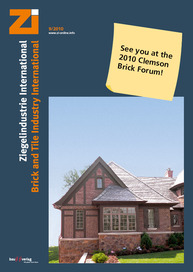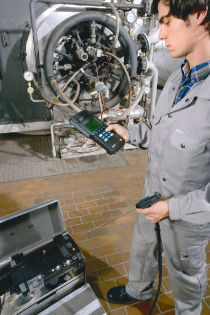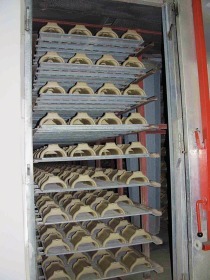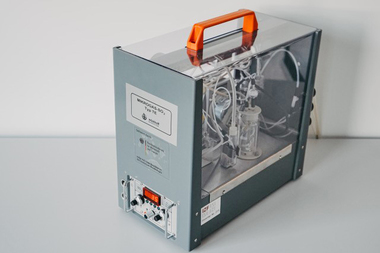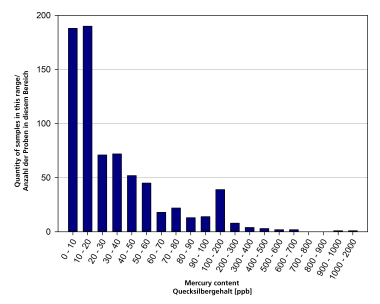testo 340 four-sensor emissions analyser enables flexible measurement in industrial applications
The testo 340 emissions analyser incorporates a measuring range extension for unrestricted measurement, even at high gas concentrations.
The standard testo 340 comes with an O2 sensor. Three further toxic sensors (e.g., CO, COlow, NO, NOlow, NO2 or SO2) can be individually configured at any time, hence providing optimum configuration for the respective measurement task. Sensors can be exchanged directly by the user in the field, thus minimizing service time.
The instrument‘s integrated protective rubber housing shields it from impact in demanding environments.
The new emissions analyser from Testo is designed for commissioning, service and maintenance work, as well as for monitoring measurements on:

